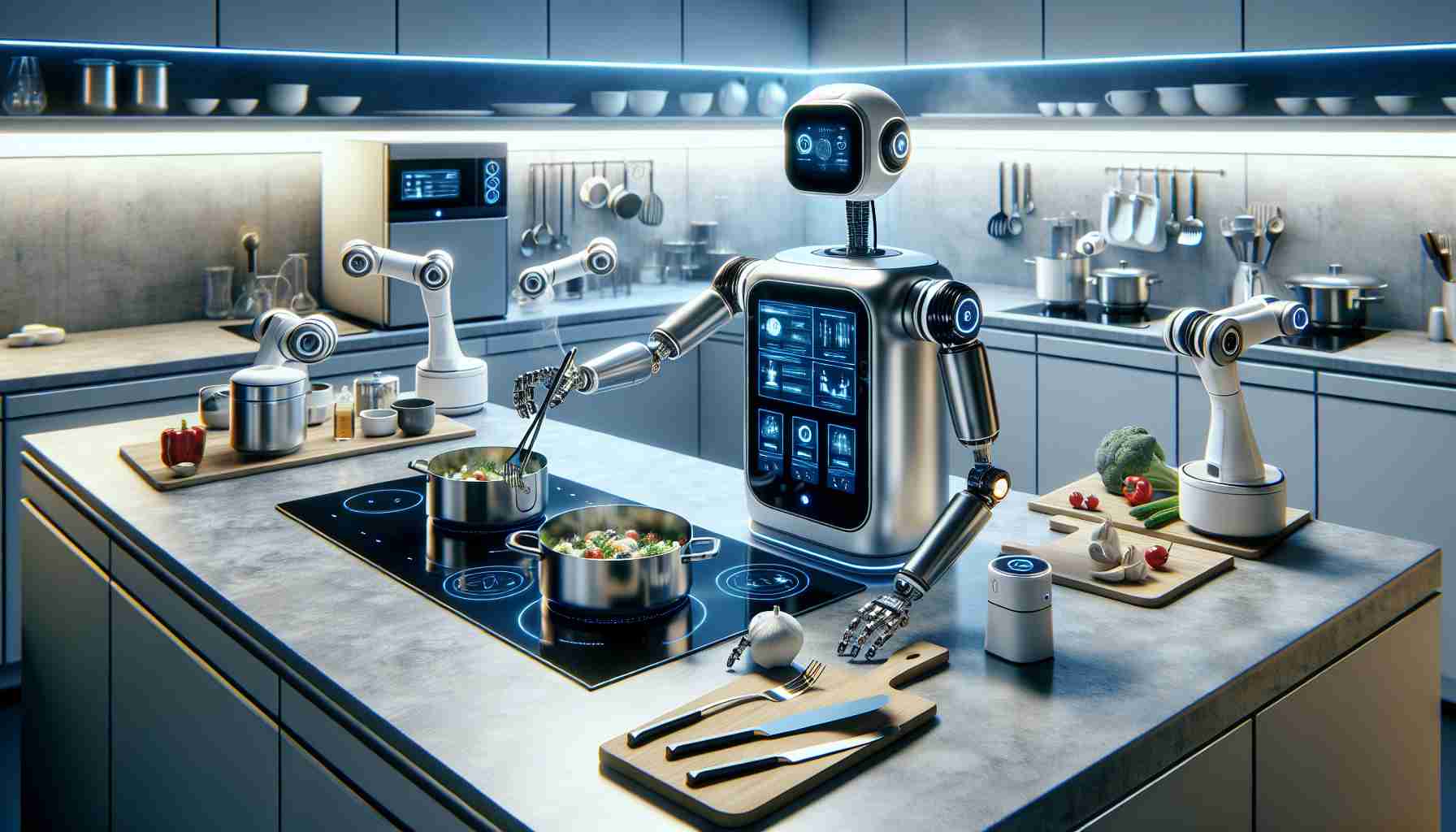A futuristic vision of culinary innovation is on the horizon with the introduction of AI-powered kitchen assistants. These cutting-edge devices are set to transform the cooking experience, offering a glimpse into a world where robots take center stage in the heart of the home.
Gone are the days of traditional cooking methods, as Moley Robotics spearheads a new era with the launch of the X-AiR kitchen assistant. Priced at a premium starting point of $105,000, this high-tech marvel promises to revolutionize the way we prepare meals. Despite the hefty price tag, enthusiasts have eagerly embraced the concept, heralding a new wave of culinary possibilities.
Unlike conventional kitchen appliances, the X-AiR relies on advanced AI technology rather than built-in sensors. This innovative approach allows the robot arm to navigate its surroundings with precision, utilizing a memory-based system to locate ingredients and tools effortlessly. While the X-AiR excels at cooking tasks, from stirring pots to sautéing ingredients, it falls short on more intricate activities like peeling carrots.
As we embark on this culinary journey, the question remains: is the X-AiR a mere novelty or the future of home cooking? With its awe-inspiring capabilities and potential for further advancements, the era of AI-powered kitchen assistants is poised to redefine the way we approach food preparation. Embrace the future and let innovation guide your culinary endeavors.
Additional Facts:
– AI-powered kitchen assistants utilize machine learning algorithms to enhance their cooking abilities and adapt to user preferences.
– Some AI kitchen assistants can suggest recipes based on dietary restrictions, ingredient availability, or user preferences.
– Companies like Samsung and Bosch are also exploring AI integration in kitchen appliances to provide a seamless cooking experience.
Key Questions:
1. How are AI-powered kitchen assistants programmed to handle different cooking tasks efficiently?
2. What privacy and security concerns arise from using AI technology in the kitchen?
3. How accessible are AI-powered kitchen assistants to a wider audience given their current high price point?
Key Challenges:
– Ensuring the accuracy and safety of AI kitchen assistants in handling sharp objects and hot surfaces.
– Balancing the need for user control and customization with the convenience of automated cooking processes.
– Addressing concerns about job displacement and the impact of AI on traditional culinary skills and practices.
Advantages:
– Time-saving: AI kitchen assistants can speed up meal preparation and cooking processes.
– Consistency: AI ensures that recipes are executed precisely each time, leading to consistent results.
– Innovation: AI-powered kitchen assistants open doors to new culinary possibilities and techniques.
Disadvantages:
– Cost: The initial investment in AI kitchen assistants can be prohibitive for many consumers.
– Dependency: Relying heavily on AI technology may reduce one’s cooking skills and creativity.
– Maintenance: Regular updates and maintenance of AI systems may require additional time and resources.



